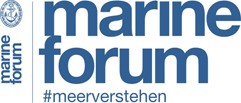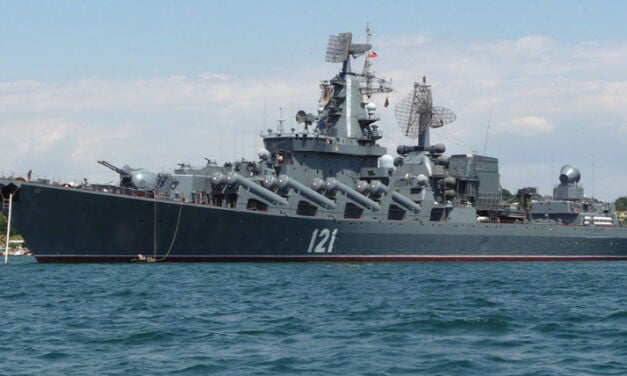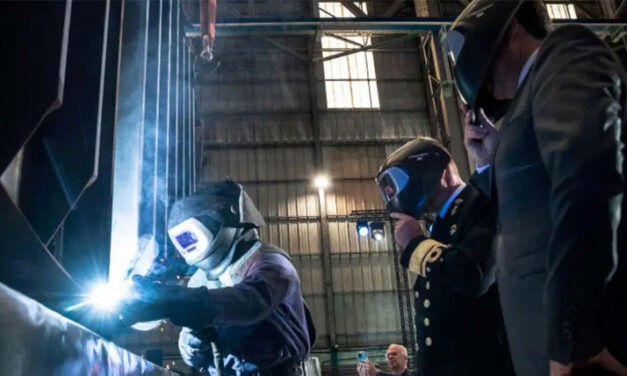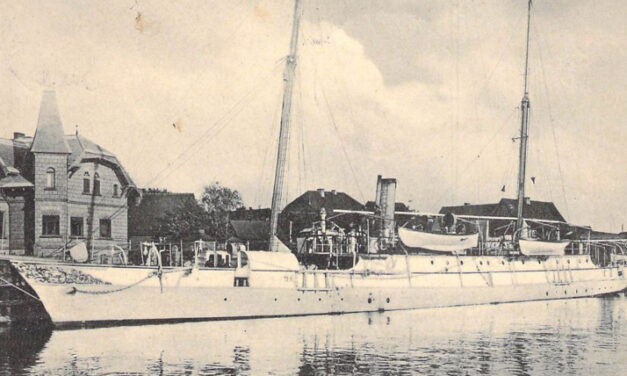RENK gearbox for the F 126
Electric traction motors for German Navy frigates The general contractor Damen Naval and RENK have signed a contract for the supply of transmission gear units and electric drives for the Class 126 frigates. RENK / Augsburg is thus continuing its co-operation with the German Navy. For example, the predecessor classes F125 and F124 were already equipped with RENK gear units. RENK also has a long-standing partnership with Damen Naval, for example in the construction of frigates and offshore patrol vessels for the navies of the Netherlands, Mexico, Morocco and Indonesia. An important difference between the future F126 and older frigates will be the new propulsion system:...
Weiterlesen






Recent Comments